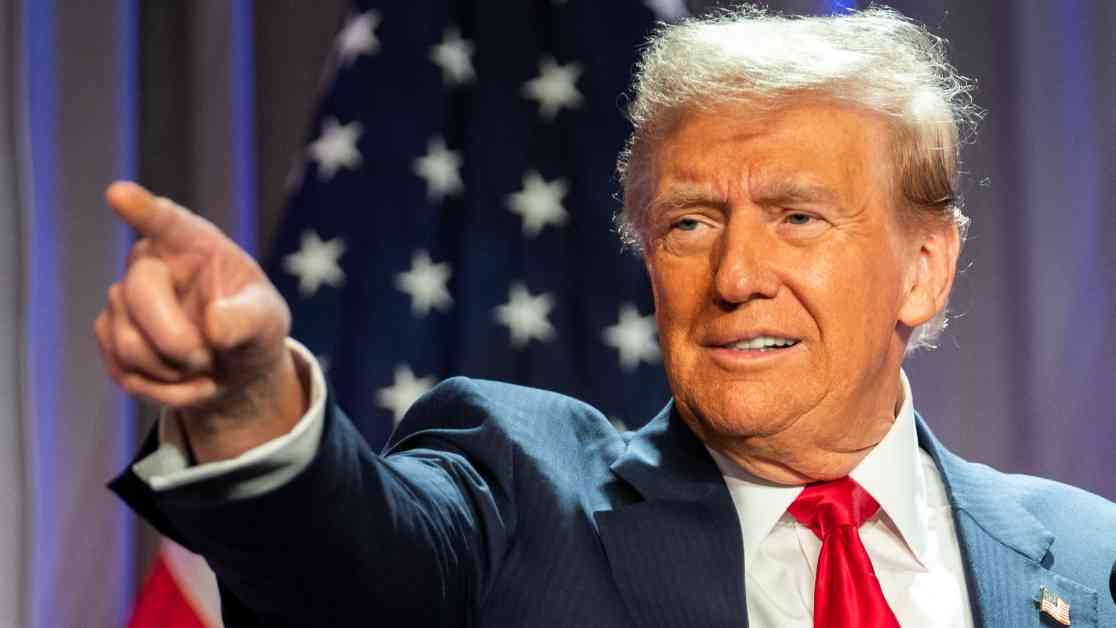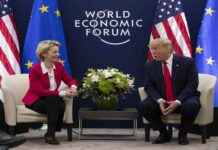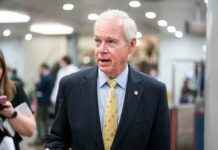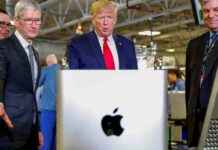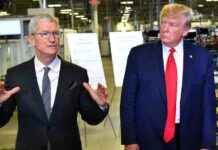The recent victory of President-elect Donald Trump has led to concerns about the U.S. imposing new tariffs, causing economists to predict that the euro could reach parity with the dollar by 2025.
Following Trump’s win, the U.S. dollar index has surged to its highest level in a year, causing the euro to drop significantly. The proposed tariffs on imports and goods from China, along with other economic policies, are expected to drive inflation in the U.S. This could lead to the Federal Reserve adjusting interest rates more cautiously, which typically strengthens a currency.
Experts like James Reilly from Capital Economics believe that the euro’s decline will continue, with predictions that it will equal the dollar by the end of 2025. As the U.S. may slow down rate cuts and boost the dollar, the European Central Bank could further ease its monetary policy due to slowing exports.
Uncertainties remain regarding the implementation of tariffs and their impact. George Saravelos from Deutsche Bank highlights the importance of policy shifts and their speed in determining the euro-dollar exchange rate. Depending on the actions taken, the euro could either drop below parity or reach a historic high against the dollar.
Barclays and Goldman Sachs have also adjusted their forecasts, with Goldman Sachs suggesting that the euro may surprise positively if trade policies are less severe than expected. However, mounting tensions with Russia have added to the economic uncertainty, affecting global markets.
Overall, the future of the euro-dollar exchange rate remains unpredictable, with various factors at play. Investors and economists are closely monitoring policy decisions and geopolitical events to assess the potential impact on currencies and trade relationships.

